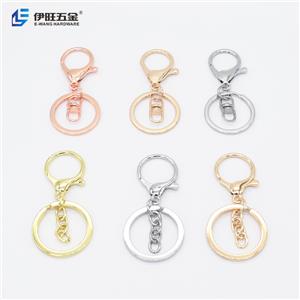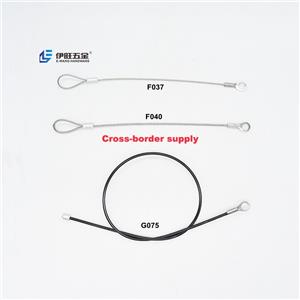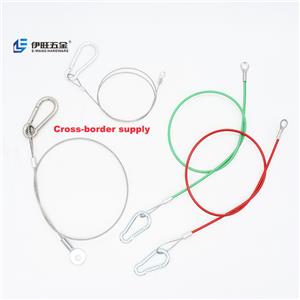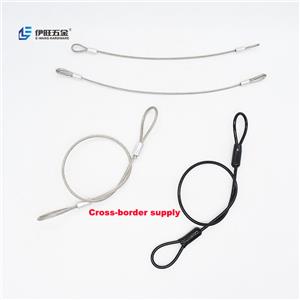The Ultimate Guide to Curtain Rings: More Than Just a Functional Loop
**Chapter 1: Understanding the Anatomy - Types of Curtain Rings**
Not all curtain rings are created equal. Their design is intrinsically linked to the type of curtain rod and heading tape you have. Understanding these categories is the first step to a perfect match.
#### **1.1 Clip-On Rings**
These are the versatile problem-solvers of the curtain ring world. Instead of sliding a curtain panel directly through a pocket or onto hooks, clip-on rings feature a strong, often spring-loaded or screw-tightened clip that attaches directly to the top of the fabric.
* **How They Work:** The clip opens and closes, gripping the top edge of the curtain panel. The ring itself then slides onto the rod.
* **Ideal For:**
* Curtains without a built-in pocket or heading tape (e.g., simple fabric panels, drop cloth curtains, blackout liners).
* Sheer curtains, where a bulky heading would be visible and unattractive.
* Frequently washed curtains, as they allow for easy removal and re-hanging.
* Creating a relaxed, casual "cafe-style" look.
* **Advantages:** Extreme versatility, ease of use, and a modern, clean appearance.
* **Considerations:** The clip is visible above the curtain, which can be a design feature. Ensure the clip is strong enough to support the weight of your fabric without sagging.
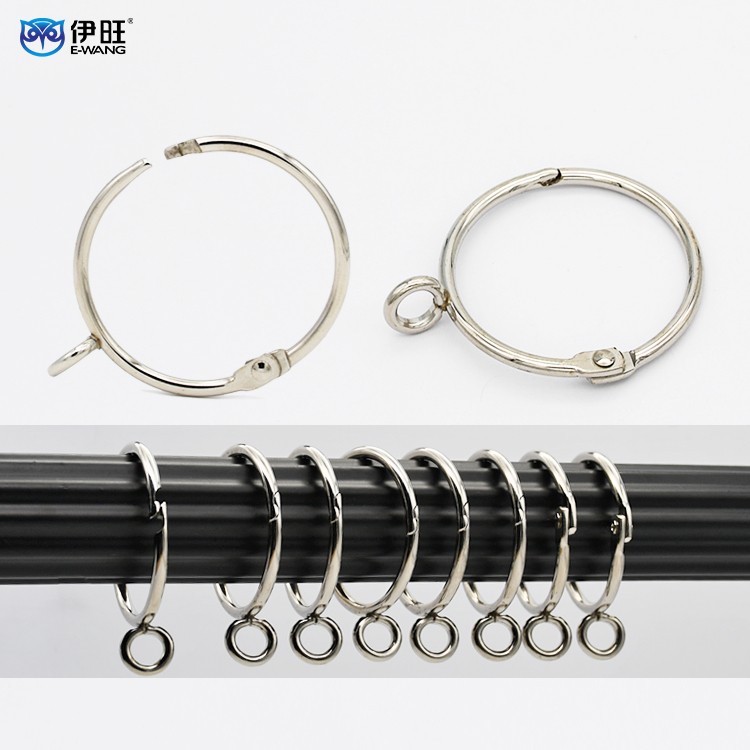
#### **1.2 Pocket Rings (or Pole Pocket Rings)**
This is the most traditional and seamless style. It is designed specifically for curtains with a sewn-in "pocket" or "channel" at the top.
* **How They Work:** The curtain rod is threaded directly through the fabric pocket. The pocket rings are then clipped or hooked onto the rod *in front of or behind* the curtain itself. They do not hold the curtain directly but act as decorative spacers and gliders.
* **Ideal For:** Classic pole pocket curtains on decorative rods.
* **Advantages:** Creates a very traditional, continuous look as the fabric flows directly from the rod. The rings are purely decorative in this setup.
* **Considerations:** Opening and closing the curtains requires sliding the rings *and* the fabric along the rod, which can sometimes create friction. Not suitable for very heavy curtains.
### **Chapter 2: A Material World - The Substance of Style and Durability**
The material of your curtain rings impacts their appearance, durability, weight capacity, and how they interact with your curtain rod. Let's explore the most common options.
#### **2.1 Metal Rings: The Durable Classics**
Metal rings are renowned for their strength and timeless appeal.
* **Stainless Steel & Zinc Alloy:** These are workhorses. They are incredibly strong, resistant to rust and corrosion, and often finished with platings like nickel, bronze, or brass. Ideal for heavy curtains and high-humidity environments like bathrooms.
* **Brass:** Offers a warm, rich look. Solid brass is expensive but develops a beautiful patina over time. More commonly, you'll find brass-plated rings, which provide the look at a more accessible price point but may tarnish or wear over years of use.
* **Wrought Iron:** For a rustic, industrial, or classic blacksmith look, wrought iron rings are unmatched. They are very strong and heavy, making a bold statement. They are best paired with similar-style rods.
* **Aluminum:** Lightweight and resistant to corrosion, aluminum rings are excellent for lighter curtains and modern settings. They are often anodized in various colors.
#### **2.2 Wooden Rings: Organic Warmth**
Wooden rings bring natural texture and warmth to a space.
* **Characteristics:** They are perfect for creating a rustic, coastal, Scandinavian, or minimalist aesthetic. Common woods include bamboo, oak, walnut, and beech.
* **Advantages:** Eco-friendly, lightweight, and available in various stains and natural finishes.
* **Considerations:** Not suitable for very heavy curtains. They can be susceptible to warping in extreme humidity and may require occasional dusting or polishing. The finish can wear with excessive friction.
#### **2.3 Plastic & Acrylic Rings: Modern and Affordable**
Don't underestimate the power of modern polymers.
* **Characteristics:** Today's plastic and acrylic rings are far from cheap-looking. They can be molded into sleek, contemporary designs and come in a vast array of colors, including clear and translucent finishes.
* **Advantages:** Extremely affordable, lightweight, will never rust, and the smooth surface glides effortlessly on metal rods. Clear acrylic rings are virtually invisible, creating a "floating" effect for the curtains.
* **Considerations:** Weight capacity is limited. Prolonged sun exposure may cause some lower-quality plastics to become brittle or discolored over time.
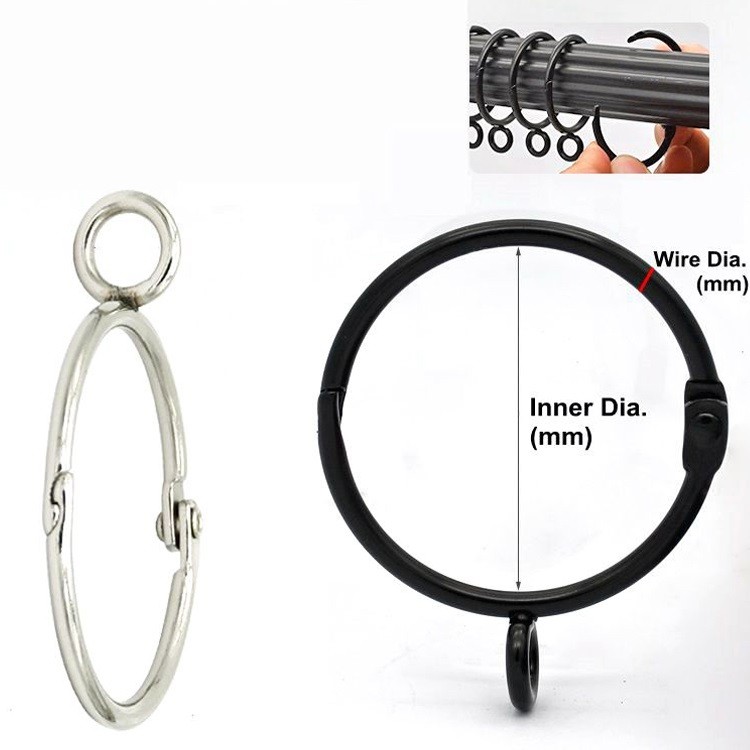
### **Chapter 3: The Mechanism of Movement - Gliders, Hooks, and Clips**
The functionality of a curtain ring is dictated by its moving parts. A deep understanding of these mechanisms ensures you choose rings that will operate smoothly for years to come.
#### **3.1 The Gliding Interface: Ring-to-Rod**
How the ring moves on the rod is paramount.
* **Swivel Glide:** Most metal and plastic rings have a built-in swivel mechanism. This allows the ring to rotate independently of the hook or clip, preventing the curtain from twisting as it's drawn open and closed. This is a essential feature for smooth operation.
* **Low-Friction Materials:** The inner surface of the ring should be smooth. Nylon or Teflon inserts are sometimes used in high-end rings to create an almost frictionless glide, protecting both the ring and the rod's finish.
* **Sizing is Critical:** The inner diameter (ID) of the ring *must* be larger than the outer diameter (OD) of your curtain rod. A good rule of thumb is to have at least a ¼-inch (6mm) difference. For example, a 1-inch rod pairs well with rings having a 1.5-inch inner diameter.
#### **3.2 The Attachment Interface: Ring-to-Curtain**
This is how the ring connects to your curtain panel.
* **Clip Mechanisms:**
* **Spring-Loaded Clips:** The most common type. They use a spring to maintain pressure. Look for clips with a strong spring and non-slip, often rubberized, jaws to prevent fabric damage.
* **Screw-Tightened Clips:** These offer more precise control over the clamping force. You manually tighten a small screw to secure the clip. Ideal for very heavy fabrics where a spring might not be sufficient.
* **Hook Types:**
* **Single/Double Hooks:** Standard hooks that slide into the pockets of pencil pleat tape.
* **Pin Hooks:** Very discreet hooks that are pushed vertically into the heading tape, making the hook almost invisible from the front. Perfect for a clean, minimalist look with pleated curtains.
* **Connection Security:** Inspect the point where the hook or clip attaches to the ring itself. Is it a sturdy weld? A solid piece of molded plastic? A weak connection here is a common point of failure.
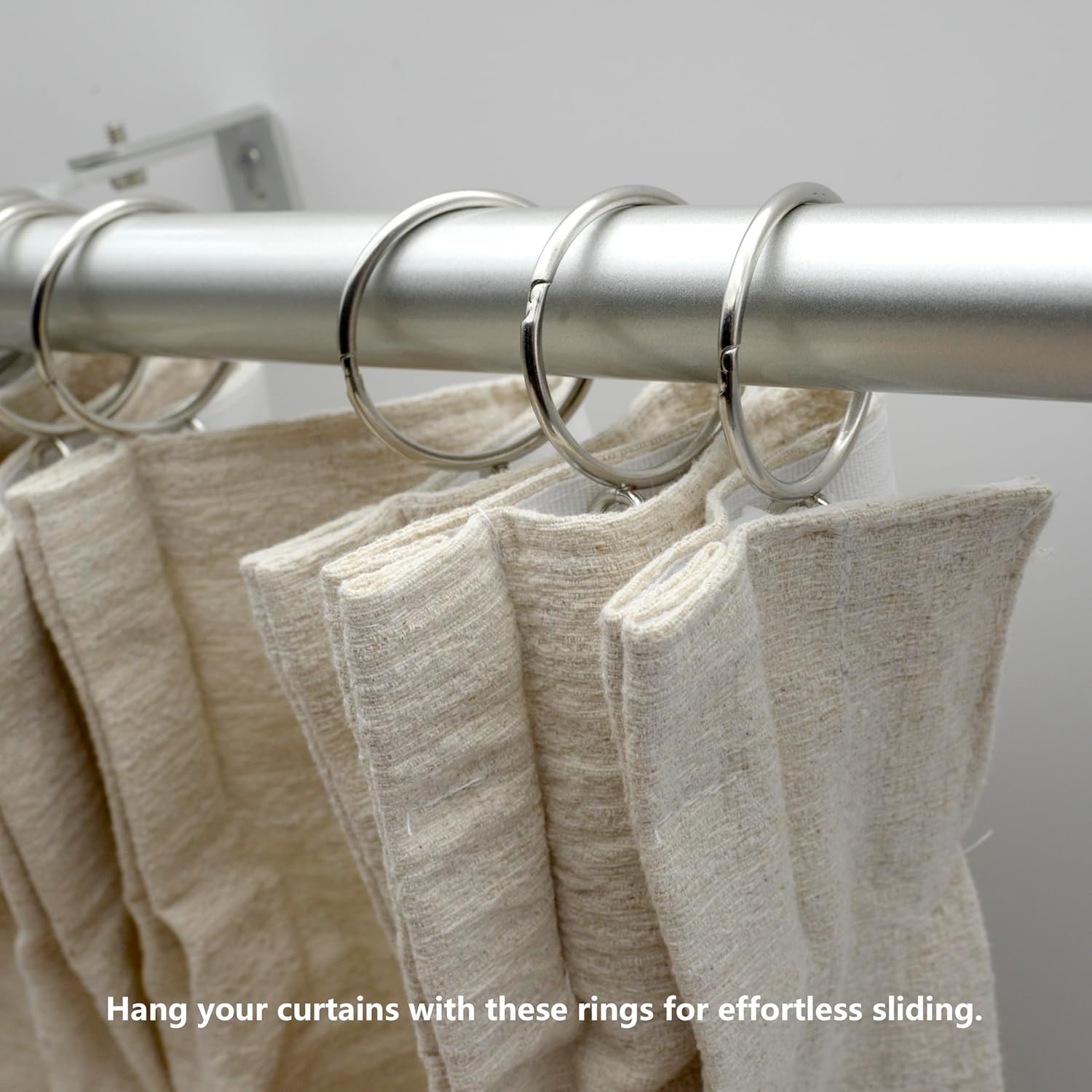
### **Chapter 4: The Aesthetic Dimension - Choosing Rings for Your Decor**
Curtain rings are the jewelry for your windows. Their finish, size, and style should complement, not conflict with, your overall design scheme.
#### **4.1 Matching Rings to Rods**
The most harmonious look is usually achieved by matching your rings to your rod.
* **Matched Sets:** The simplest approach. Purchase a curtain rod that comes with matching rings. This guarantees a perfect fit and a cohesive style.
* **Intentional Contrast:** For a more designed, eclectic look, you can intentionally mix finishes. A black metal ring on a brass rod can create a striking, modern contrast. A natural wood ring on a black iron rod enhances a rustic feel. The key is to ensure the styles share a common design language.
#### **4.2 Finishes and Colors**
* **Polished Nickel/Chrome:** Sleek, modern, and reflective. Perfect for contemporary, industrial, and Art Deco styles.
* **Oil-Rubbed Bronze:** A dark, rich brown-black with subtle copper undertones. Excellent for traditional, transitional, and Tuscan interiors.
* **Brass & Gold:** Warm and luxurious. Works in traditional, glam, and modern settings (especially with brushed or satin finishes).
* **Matte Black:** Versatile and bold. Complements industrial, farmhouse, modern, and Scandinavian designs.
* **White & Ivory:** Classic and clean. Ideal for cottage, coastal, and shabby chic styles, or for creating a subtle, blended look with white trim.
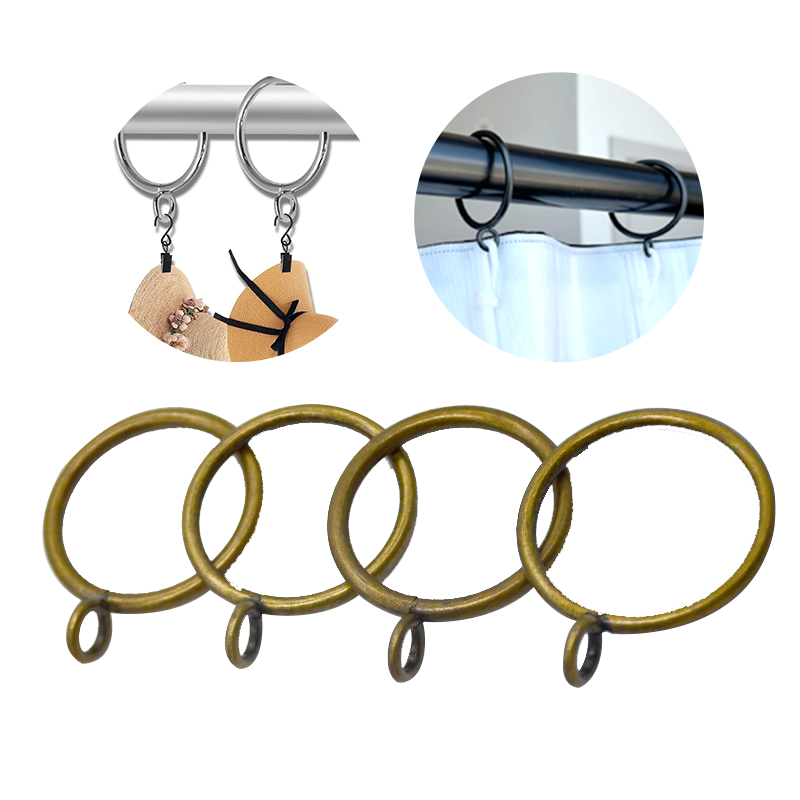
### **Conclusion: The Final, Defining Detail**
By moving beyond the default option and understanding the interplay of type, material, mechanism, and style, you empower yourself to make a choice that truly finishes your room. The right curtain rings will ensure your curtains hang with grace, move with ease, and contribute to a cohesive and beautifully curated space. They are the final, defining detail that demonstrates a keen eye for design, proving that true style is always in the details.

